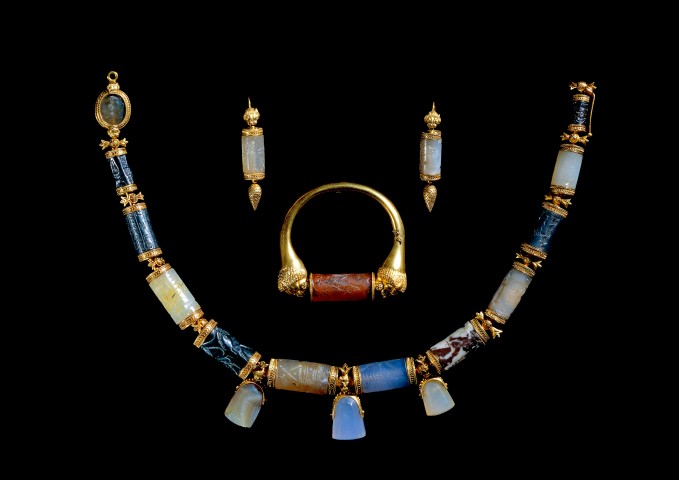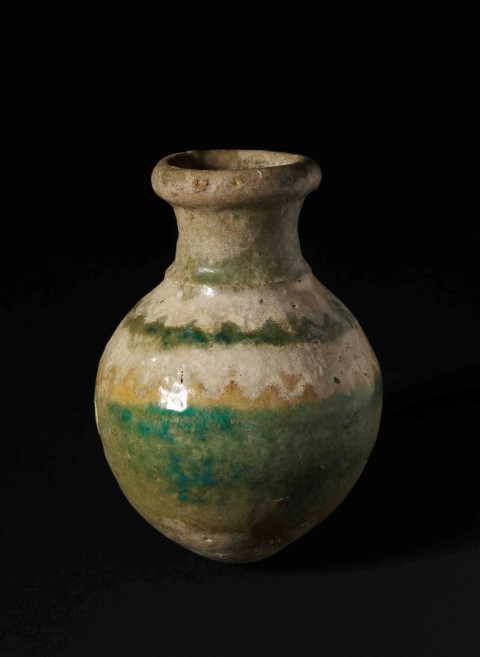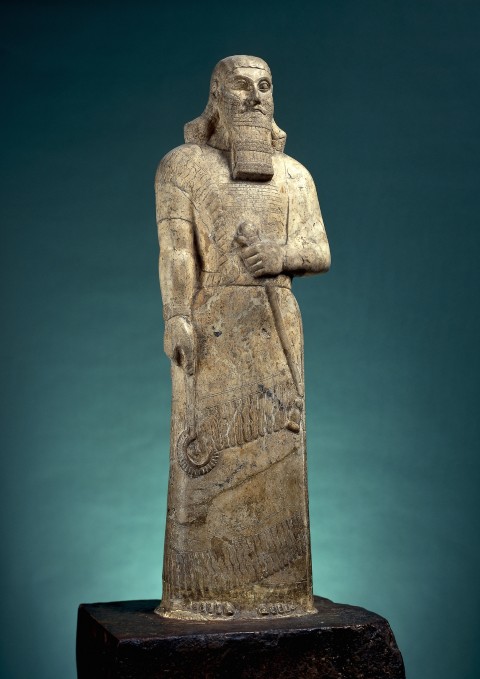A major new touring exhibition showcasing stunning artefacts from one of the world’s great ancient civilisations is on show at Melbourne Museum from 4 May to 7 October 2012.
In The Wonders of Ancient Mesopotamia, Melbourne Museum presents a magnificent exhibition exploring an era of extraordinary invention and innovation, the impact of which is still shaping our lives thousands of years later.

Jewellery set of cylinder and stamp seals
Necklace, bracelet and earrings made up of ancient seals with gold settings imitating Assyrian motifs.
By permission of the Trustees of The British Museum
“We’re delighted to be following the record-breaking success of Tutankhamun and the Golden Age of the Pharaohs with another exhibition of extraordinary archaeological treasures – this time from one of the world’s most esteemed institutions, The British Museum,” said Dr Patrick Greene, CEO, Museum Victoria.
“Mesopotamia played an extraordinary role in the development of human civilisation. The art and literature, reliefs and ritual objects recovered from the region provide a remarkable record of how great knowledge has been passed from the ancient to the modern world.”
 Glazed ceramic jar
Glazed ceramic jar
Assyrian jar used as a container for perfume, oils or ointments.
By permission of the Trustees of The British Museum
Mesopotamia – the ‘Land between the Rivers’ – occupies what is now modern Iraq, north east Syria, and south east Turkey. Located between the Tigris and Euphrates rivers, it was home to a succession of great cities and empires from which emerged many of the fundamentals of contemporary civilisation, including the invention of writing, the 60-second minute and systems of law and government.
The Wonders of Ancient Mesopotamia focuses on three of the great centres of ancient civilisation – Sumer, Assyria and Babylon – bringing their rich history to life through objects and multimedia. Themes in the exhibition include palaces and royal power, religious beliefs and rituals, burial practices and royal tombs, and the myths and legends that surround ancient Mesopotamia.
 Statue of King Ashurnasirpal II
Statue of King Ashurnasirpal II
A rare example of an Assyrian sculpture in the round was placed in the Temple of Ishtar at Nimrud where Ashurnasirpal established his capital city.
By permission of the Trustees of The British Museum
Major archaeological discoveries were made in the cities of Mesopotamia from the mid 19th century and into the 20th century. “The excavation of the ancient cities of Ur, Nineveh and Nimrud were rivalled in significance only by the discovery of Tutankhamun’s tomb,” said Dr Greene.
“These discoveries revealed Mesopotamia’s forgotten wonders – from the massive Ziggurat of Ur and the palace of the legendary king Nebuchanezzar to the royal graves at Ur, filled with exquisite artefacts of gold, silver and bronze.”
Visitors to The Wonders of Ancient Mesopotamia will see more than 170 artefacts that reveal many aspects of Mesopotamian culture, from massive carved stone reliefs depicting scenes of battles and hunting to gold jewellery.
The Wonders of Ancient Mesopotamia is presented in collaboration with The British Museum. Tickets are on sale now. Adults $24, concession $16, children $14, school groups, $10 per student (all tickets include entry to Melbourne Museum).
For further information follow Melbourne Museum on Facebook | Twitter


